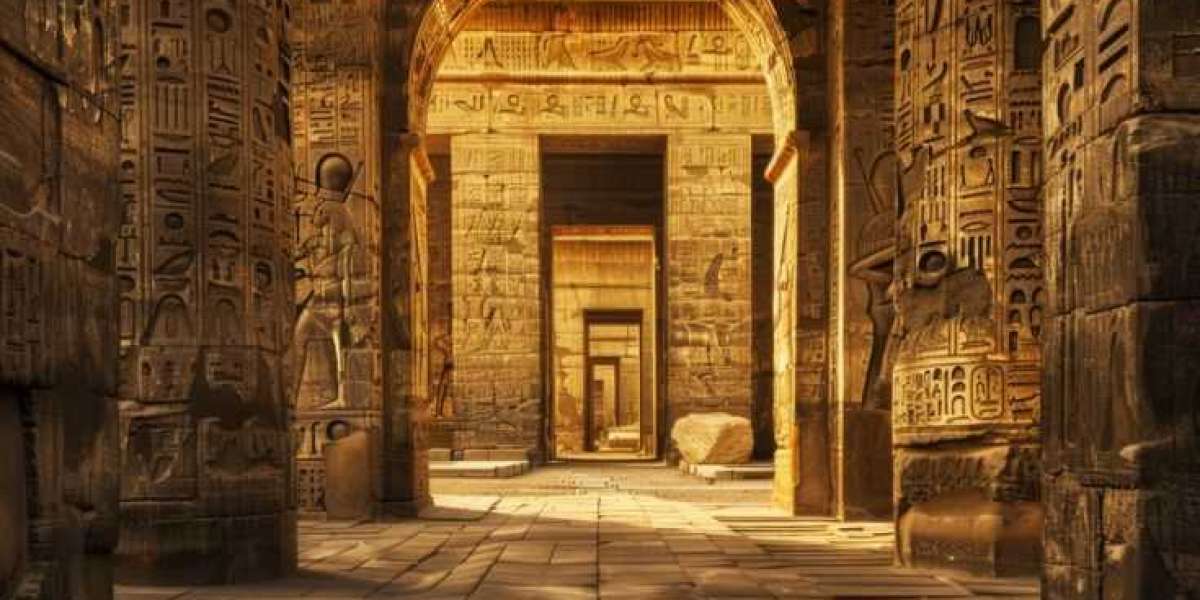Ancient Civilizations: The Foundations of Human History
Ancient civilizations are the bedrock of human history, shaping the course of societies, cultures, and economies throughout time. From the Fertile Crescent to the banks of the Nile, these early societies laid the groundwork for modern civilization, contributing advances in writing, governance, art, architecture, and technology. Understanding these ancient cultures provides insight into humanity’s journey and the legacies they left behind.
The Cradle of Civilization: Mesopotamia
Often referred to as the "Cradle of Civilization," Mesopotamia is located between the Tigris and Euphrates rivers in present-day Iraq. It is here that some of the earliest known societies emerged around 3500 BC, including the Sumerians, Akkadians, Babylonians, and Assyrians.
Sumerians: The Sumerians are credited with developing one of the first writing systems, cuneiform, which allowed for record-keeping and the transmission of knowledge. They established city-states such as Ur and Uruk, with impressive ziggurats serving as religious and administrative centers.
Babylonians: The Babylonian Empire, particularly under King Hammurabi, introduced one of the earliest known legal codes, known as the Code of Hammurabi. This set of laws established principles of justice that influenced future legal systems.
Ancient Egypt: The Gift of the Nile
Egypt, often called "The Gift of the Nile," flourished along the banks of the Nile River, which provided fertile land for agriculture and a means of transportation. The civilization emerged around 3100 BC and is renowned for its monumental architecture, hieroglyphic writing, and religious practices.
Pharaohs and Pyramids: Ancient Egypt was ruled by pharaohs who were considered both political leaders and divine figures. The construction of the pyramids, particularly the Great Pyramid of Giza, stands as a testament to their engineering prowess and belief in the afterlife.
Contributions to Knowledge: Egyptians made significant advancements in mathematics, medicine, and astronomy, many of which were documented in papyrus scrolls. Their understanding of geometry aided in pyramid construction, while their medical practices laid the groundwork for future healthcare.
The Indus Valley Civilization
The Indus Valley Civilization, which thrived from approximately 2600 to 1900 BC in present-day Pakistan and northwest India, is known for its advanced urban planning, architecture, and social organization.
Urban Centers: Major cities like Harappa and Mohenjo-Daro featured grid layouts, sophisticated drainage systems, and impressive public baths. The uniformity of bricks and construction techniques suggests a highly organized society.
Trade and Economy: The civilization engaged in extensive trade with Mesopotamia, as evidenced by the discovery of seals and artifacts. Their economy was largely agrarian, supported by advanced irrigation techniques.
Ancient China: Dynasties and Innovations
Ancient China’s history spans thousands of years, marked by the rise and fall of various dynasties, each contributing to the rich tapestry of Chinese civilization.
Shang and Zhou Dynasties: The Shang dynasty (1600-1046 BC) is known for its advancements in bronze metallurgy, writing, and military organization. The Zhou dynasty (1046-256 BC) introduced the concept of the Mandate of Heaven, legitimizing the ruler's authority based on their ability to govern justly.
Cultural Achievements: Ancient China is renowned for its inventions, including paper, gunpowder, and the compass. The philosophical teachings of Confucius and Laozi during this period also laid the foundation for Chinese ethics and governance.
The Mesoamerican Civilizations
Mesoamerica, encompassing present-day Mexico and Central America, was home to advanced civilizations such as the Olmec, Maya, and Aztec.
Maya Civilization: The Maya (250-900 AD) are celebrated for their sophisticated writing system, intricate calendar, and impressive architectural achievements, including the step pyramids found in cities like Tikal and Chichen Itza.
Aztec Empire: The Aztecs (14th-16th centuries) established a powerful empire known for its military conquests, extensive trade networks, and complex social structure. The capital city of Tenochtitlán, built on an island in Lake Texcoco, showcased remarkable engineering and urban planning.
Conclusion
Ancient civilizations laid the groundwork for the world we live in today. Their innovations in governance, art, science, and technology continue to influence modern society. By studying these early cultures, we gain a deeper appreciation for human ingenuity and resilience, as well as the interconnectedness of different societies throughout history. The legacies of these ancient civilizations remind us of the shared human experience and the enduring quest for knowledge and advancement



